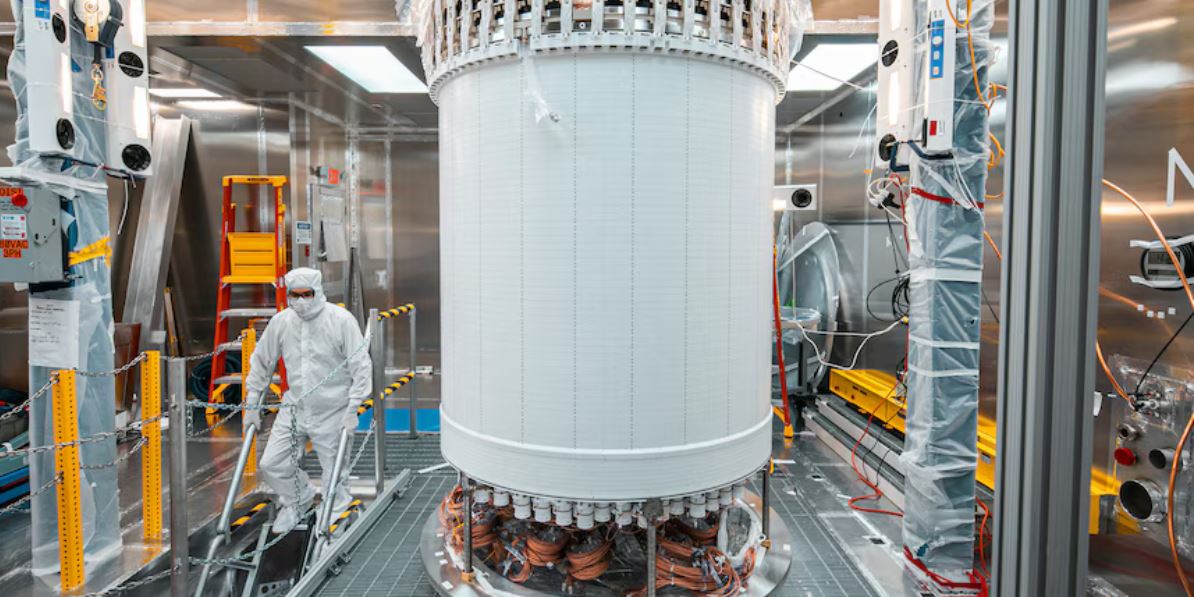
Dark matter detector doesn’t find dark matter.
In a cavern, mile below the surface of South Dakota, is the world’s most sensitive dark matter detector. They haven’t detected any dark matter.
A hypothetical particle of dark matter is called a WIMP. The failure to detect a WIMP, isn’t a failure for the experiment. Physicists have narrowed down the size of a WIMP. They know how big it’s not.
Keep in mind that dark matter is a theory. The Big Bang Theory is part of the Standard Cosmological Model. It’s our current theory of the universe, but it doesn’t work.
That’s normal. In physics, a theory is developed to match the data. That theory is used to make predictions, then experiments are developed to test the predictions. As our technology improves, more sophisticated experiments are developed. If experimental results don’t fit the current theory, the theory is refined. If the theory can’t be refined, it may be scrapped for a new theory.
The Big Bang Theory makes predictions about the speed that the universe is expanding, how fast galaxies are moving, and how long it should take for large structures to develop. These large structures are groupings of galaxies. With space telescopes like the Webb Telescope, better data has come in that can’t be explained by the Big Bang Theory or the Standard Cosmological Model.
Dark matter and dark energy were invented to patch the holes in the Standard Cosmological Model. To patch the holes, 85% of the matter in the universe would need to be dark matter. If there is supposed to be that much dark matter, but there is no direct evidence that it exists, my guess is that it won’t work out.
There are other possible explanations to explain how the universe works.
Universal constants, like the speed of light, or the Gravitational Constant, may not be constant. The speed of light in an vacuum is 186,282 miles per second. It could change a bit as the universe ages. It’s possible that there are vacuums with different properties.
Conventionally, a vacuum is thought of as a volume of space with no matter. It’s much stranger than that. Quantum particles borrow energy from the future, pop into existence, then pop back out, repaying the energy debt.
In physics, when there are just a few anomalies to resolve, it can get very exciting.
In 1874, a young Max Planck asked his professor if he should become a physicist. His professor told him that physics was a mature science, and all the major questions had been resolved. Light was still a loose end, but that was about it. Max Planck stuck with physics, and went on to get a Noble Prize for his quantum theory.
I feel like that’s where we are with cosmology. Technology advances to get better data, which allows for better theories, which requires better technology. The current phase is attempting to salvage the Standard Cosmological Model. If, as I suspect, that can’t be salvaged, physicists will propose a significantly different model to fit the new data. That’s when it gets wild.